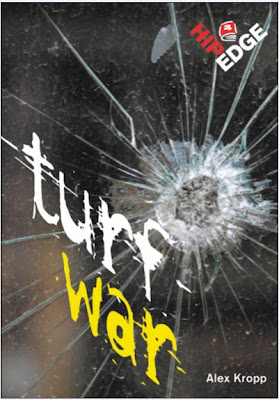 This country needs more doctors. But now, NY medical schools are striving to ensure that fewer medical students transition into practicing physicians.
This country needs more doctors. But now, NY medical schools are striving to ensure that fewer medical students transition into practicing physicians.
Here’s the story: For many years medical students who couldn’t make—or afford—US medical schools have received their education in Caribbean schools. NY hospitals have facilitated their education by allowing American Caribbean students to receive in-facility training. But now, New York medical schools want to shut out the competition. From the story:
For a generation, medical schools in the Caribbean have attracted thousands of American students to their tiny island havens by promising that during their third and fourth years, the students would get crucial training in United States hospitals, especially in New York State. But in a fierce turf battle rooted in the growing pressures on the medical profession and academia, New York State’s 16 medical schools are attacking their foreign competitors. They have begun an aggressive campaign to persuade the State Board of Regents to make it harder, if not impossible, for foreign schools to use New York hospitals as extensions of their own campuses. The changes, if approved, could put at least some of the Caribbean schools in jeopardy, their deans said, because their small islands lack the hospitals to provide the hands-on training that a doctor needs to be licensed in the United States.
The numbers are potentially significant:
The dispute also has far-reaching implications for medical education and the licensing of physicians across the country. More than 42,000 students apply to medical schools in the United States every year, and only about 18,600 matriculate, leaving some of those who are rejected to look to foreign schools. Graduates of foreign medical schools in the Caribbean and elsewhere constitute more than a quarter of the residents in United States hospitals. With experts predicting a shortage of 90,000 doctors in the United States by 2020, the defenders of these schools say that they fill a need because their graduates are more likely than their American-trained peers to go into primary and family care, rather than into higher-paying specialties like surgery.
The schools are claiming they are worried about diluting the quality of in-hospital training. But it looks to me more like a battle over turf:
The report, issued in June, found that on average, foreign-trained students lagged behind their American-trained peers in passing the medical licensing exams. But over the last decade, they had narrowed the gap, especially in the clinical knowledge portion of the exams, which 75 percent of foreign-educated Americans passed on the first try in 2008, up from 57 percent in 1998. For students in American and Canadian schools, which are subject to the same accreditation process, the rate was 94 percent in 2008, about the same as 10 years earlier. The report found few differences in the rates of disciplinary actions or malpractice payments between physicians educated abroad and in the United States.
If we are going to have a prayer of servicing the increasing number of people in the health care system (even if Obamacare is repealed and replaced), we will need every doctor we can get—all of whom have to pass the same tests to be licensed.
Or to put it another way, the doctor you won’t be able to find may be your own. The NY schools should step down!
Rome and the Church in the United States
Archbishop Michael J. Curley of Baltimore, who confirmed my father, was a pugnacious Irishman with a taste…
Marriage Annulment and False Mercy
Pope Leo XIV recently told participants in a juridical-pastoral formation course of the Roman Rota that the…
Undercover in Canada’s Lawless Abortion Industry
On November 27, 2023, thirty-six-year-old Alissa Golob walked through the doors of the Cabbagetown Women’s Clinic in…

